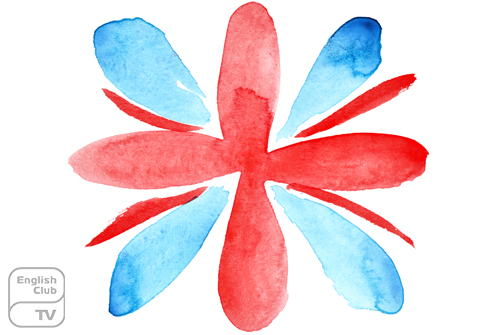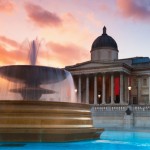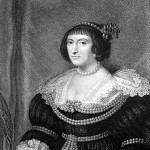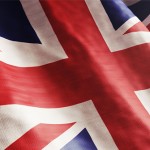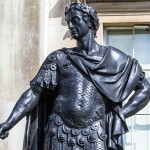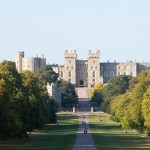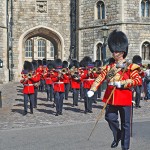British paintings mostly medieval and religious were influential in the 15th century across Europe. In the 16th and 17th centuries, the Renaissance gave way to imported talents like Van Dyck, Sir Peter Lely, Sir Godfrey Kneller, Hans Holbein and Orazio Gentileschi. Nicholas Hilliard, the Elizabethan artists, learned high English traditions from Continental artists and this tradition continued with other artists including Isaac Oliver.
The history of English paintings has a direct relation to European paintings. In early times, portraits were commissioned by kings and queens from artists like the Dutch, Flemish, and German. Foreign painters emitted a grand aura even to the monarchy and were not perturbed by their imposing sitters. The 18th and 19th centuries saw young people of the British upper classes travel to continental Europe in the hope of broadening their education. Europe offered a sophisticated taste in the art that influenced their level of art patrons. It led to the opening of the Royal Academy, London in Britain in 1769. Sir Joshua Reynolds was its first president. He was a brilliant painter, author, and an influential lecturer.
Benjamin was a Royal Academician, and so was John Martin. These artists’ multi-figured, dramatic and biblical panoramas were celebrated as memoires in recent times. Landscape painting introduced in the late 18th century saw the work of Richard Wilson, one such brilliant artist. He was known to paint idealised scenes while Joseph Wright of Derby painted the natural world as he saw it through personalised and individual visions. Thomas Gainsborough painted imaginative seascapes and landscapes.
The 19th century introduced the great flowering landscape paintings in England. Two prominent artists J M W Turner and John Constable brought landscape paintings to life. Constable emphasized the English countryside combining it with the pureness of nature while Tuner dissolved forms in light and atmosphere. Constable and Turner both had fresh visions and influenced some painters including the likes of European and American artists.
England, seen as a coastal island nation, had English art often portrayed similar themes. With four distinctive seasons light and weather effects have made it to English art. It has been a modern aspect of English landscape photography.
Art in the 20th century continued from the Victorian era with John Singer Sargent, an American, becoming a successful London portraitist. Other rising figures in the 20th century included the likes of Augustus John, John Lavery, and William Orpen. The attitude towards art in Britain polarized artists and critics who cherished and vilified modernist movements. Jack Butler Yeats, an Irish-born London painter, was once a romantic, expressionist and demonstrated symbolism. After experiencing the horrors of the First World War and pastoral subjects returned, Eric Ravilious and Paul Nash represented such paintings.
Vocabulary:
| Painting [ˈpeɪntɪŋ] | biblical [ˈbɪblɪkəl] |
| medieval [ˌmedɪˈiːvəl] | a panorama [ə ˌpænəˈrɑːmə] |
| Renaissance [rɪˈneɪsns] | a landscape [ə ˈlændskeɪp] |
| to import [tuː ɪmˈpɔːt] | to introduce [tuː ɪntrəˈdjuːs] |
| to commission [tuː kəˈmɪʃən] | a seascape [ə ˈsiːskeɪp] |
| to emitted [tuː ɪˈmɪt] | prominent [ˈprɒmɪnənt] |
| an aura [ɔːrə] | a constable [ə ˈkɒnstəbəl] |
| to perturb [tuː pəˈtɜːb] | countryside [ˈkʌntrisaɪd] |
| imposing [ɪmˈpəʊzɪŋ] | dissolved [dɪˈzɒlvd] |
| a sitter [ˈsɪtə] | to portrayed [tuː pɔːˈtreɪ] |
| broadening [ˈbrɔːdənɪŋ] | distinctive [dɪˈstɪŋktɪv] |
| sophisticated [səˈfɪstɪkeɪtɪd] | to cherish [tuː ˈtʃerɪʃ] |
| a patron [ə ˈpeɪtrən] | pastoral [ˈpɑːstərəl] |
| multi-figured [ˈmʌltiˈfɪɡəd] | a horror [ə ˈhɒrə] |


